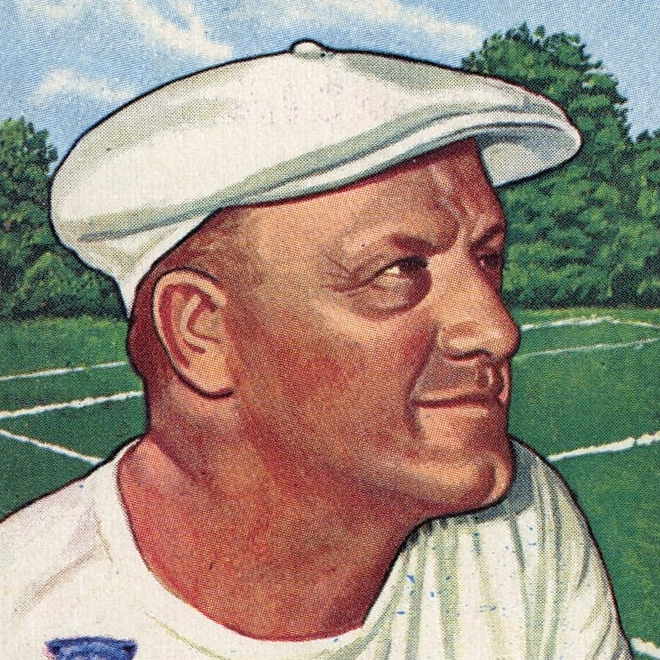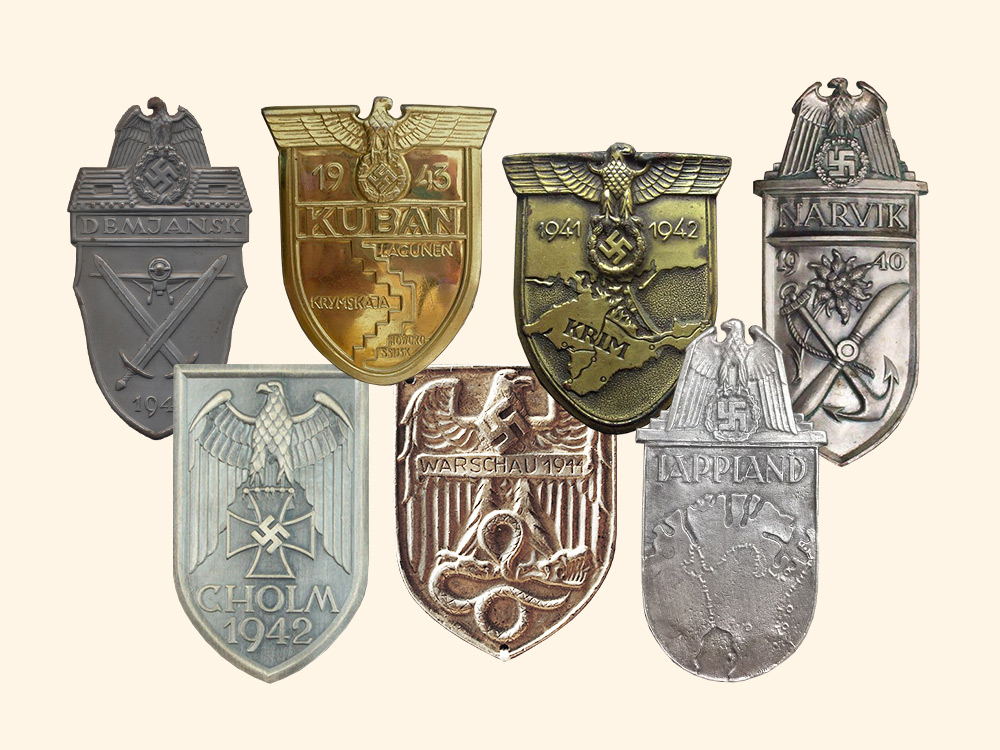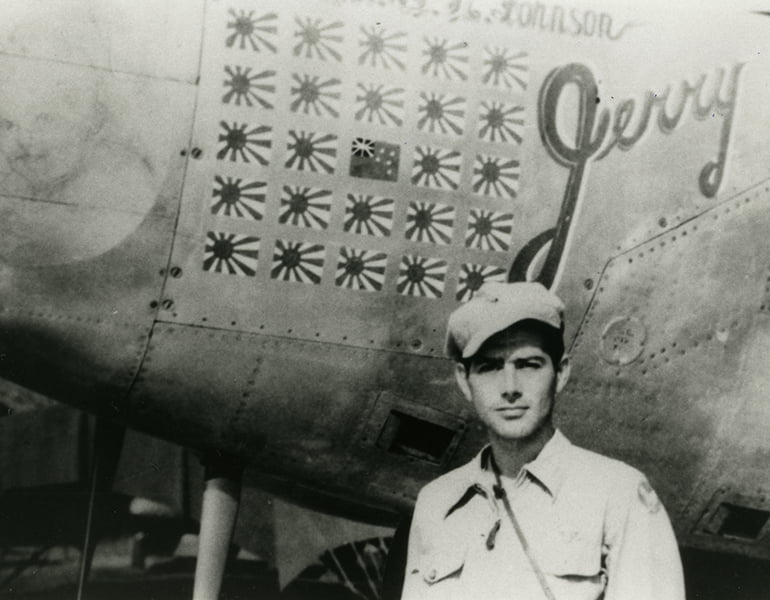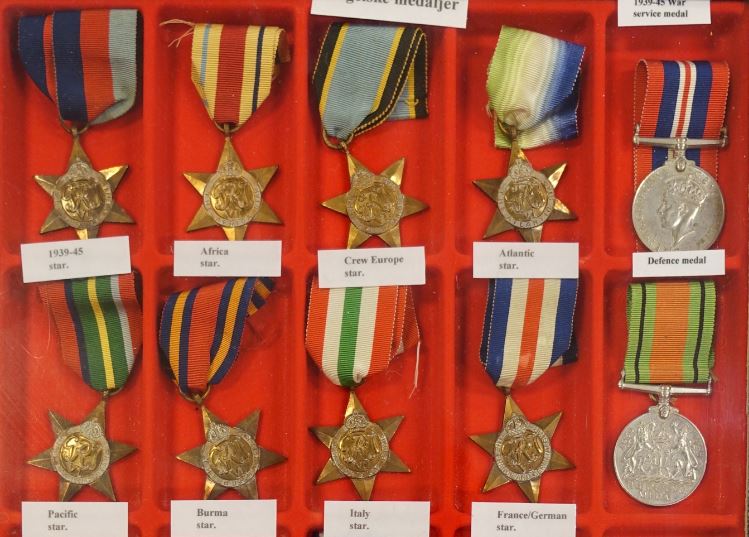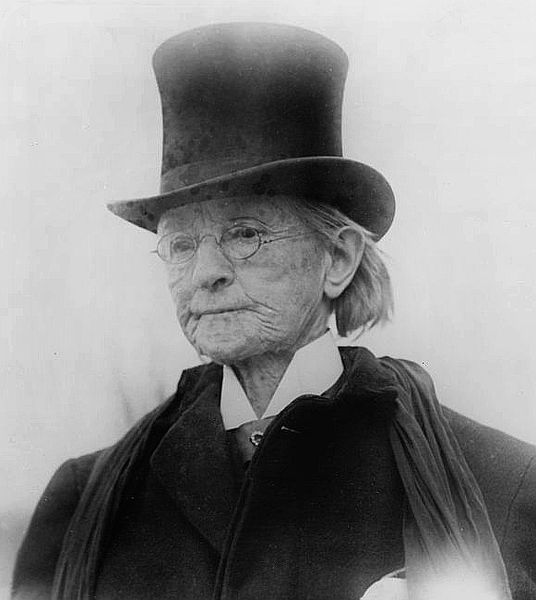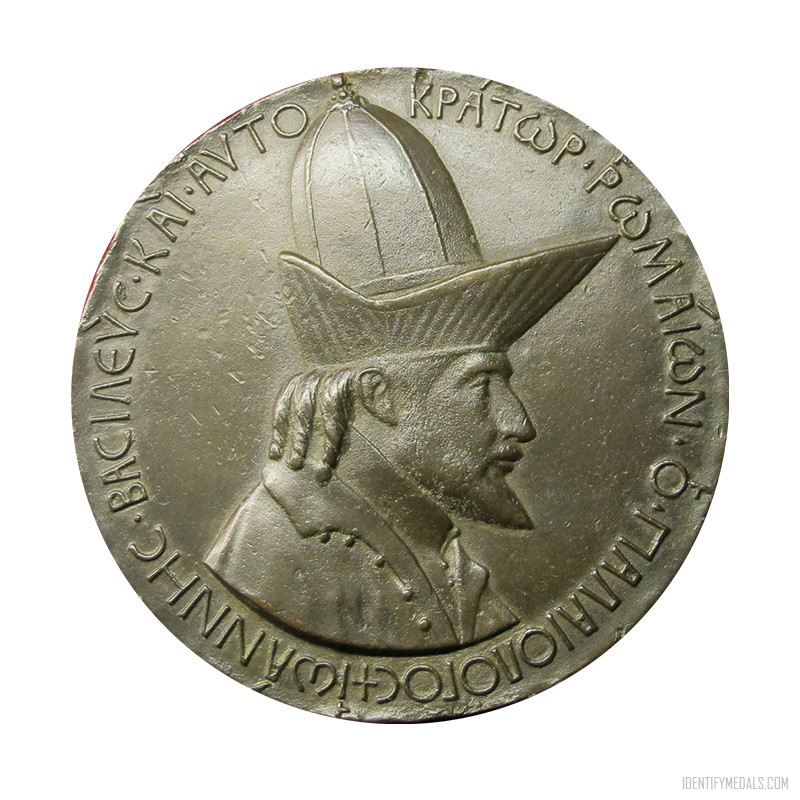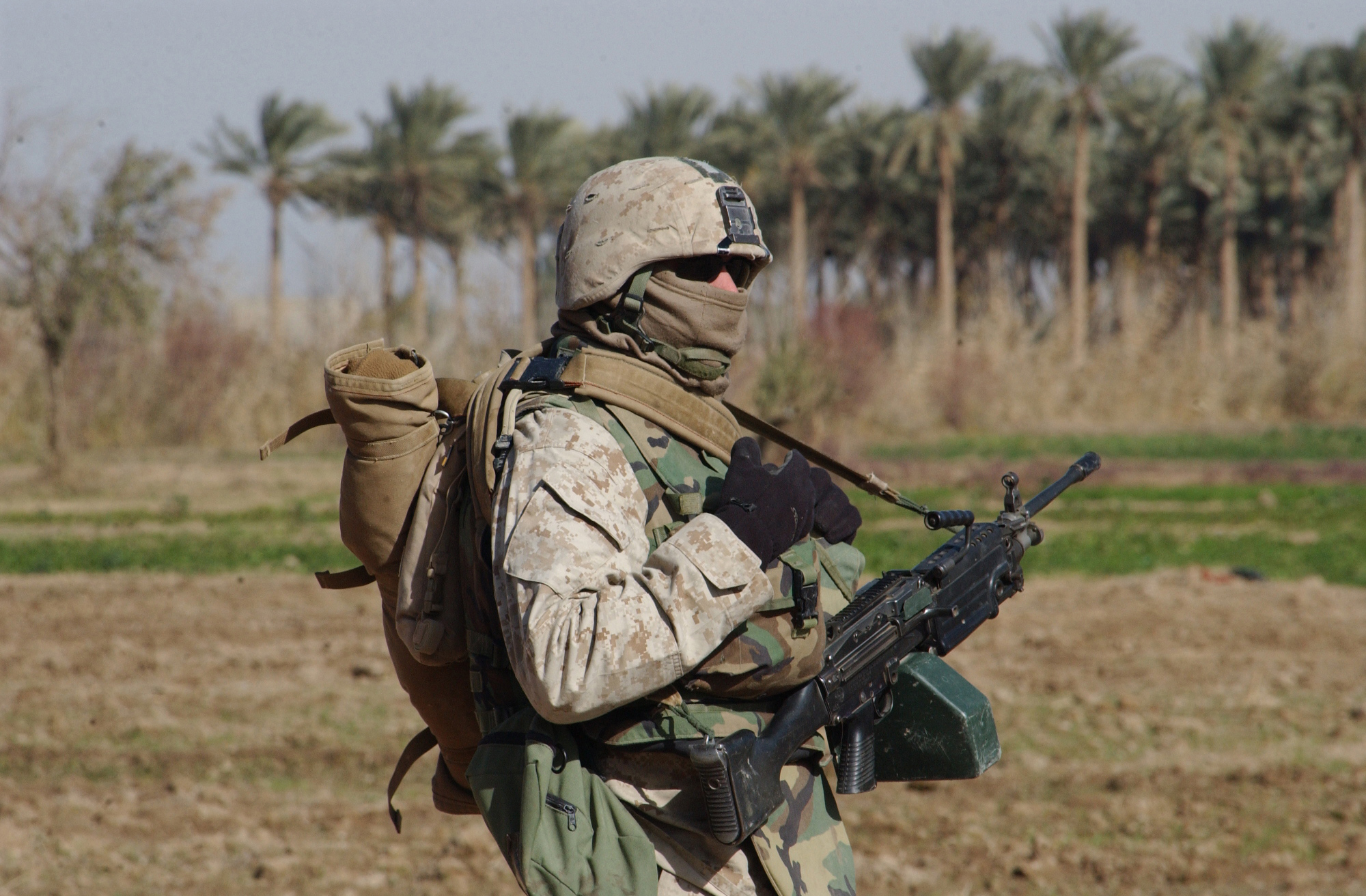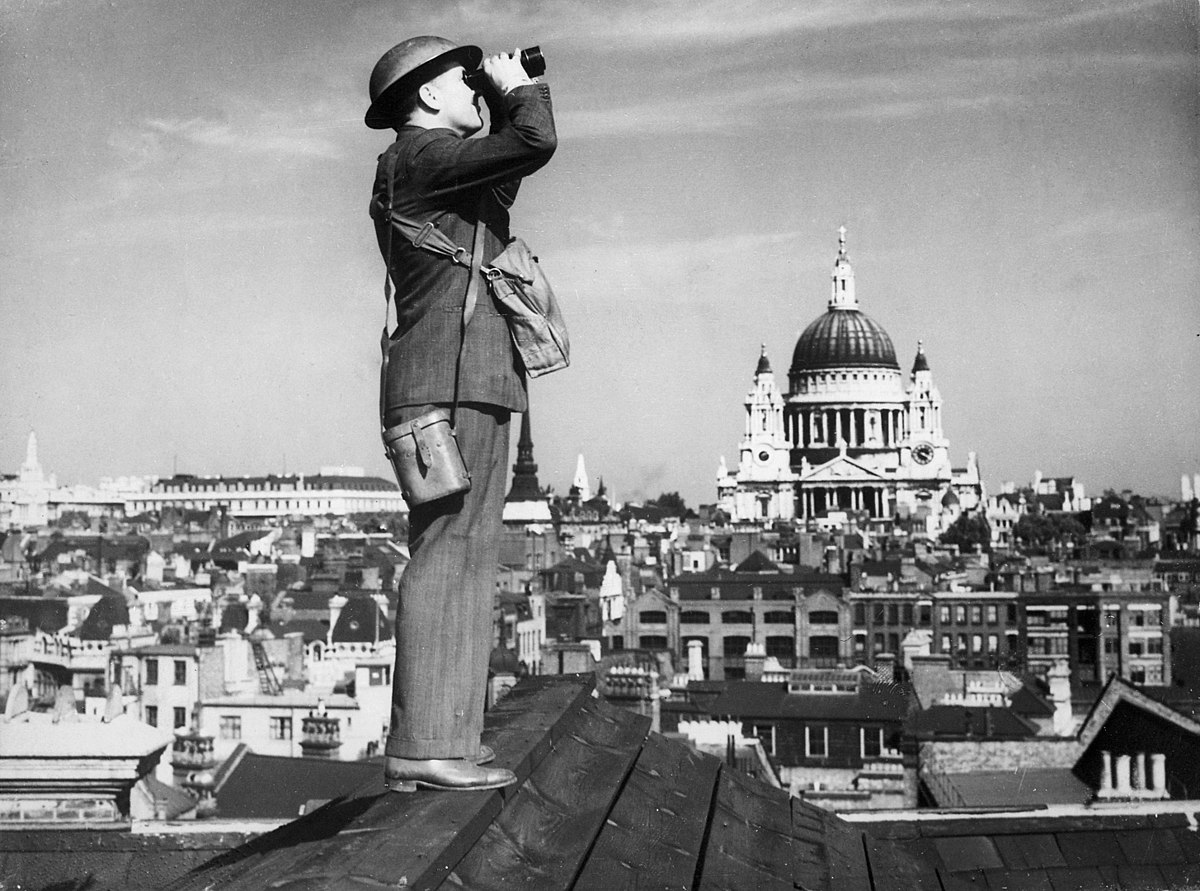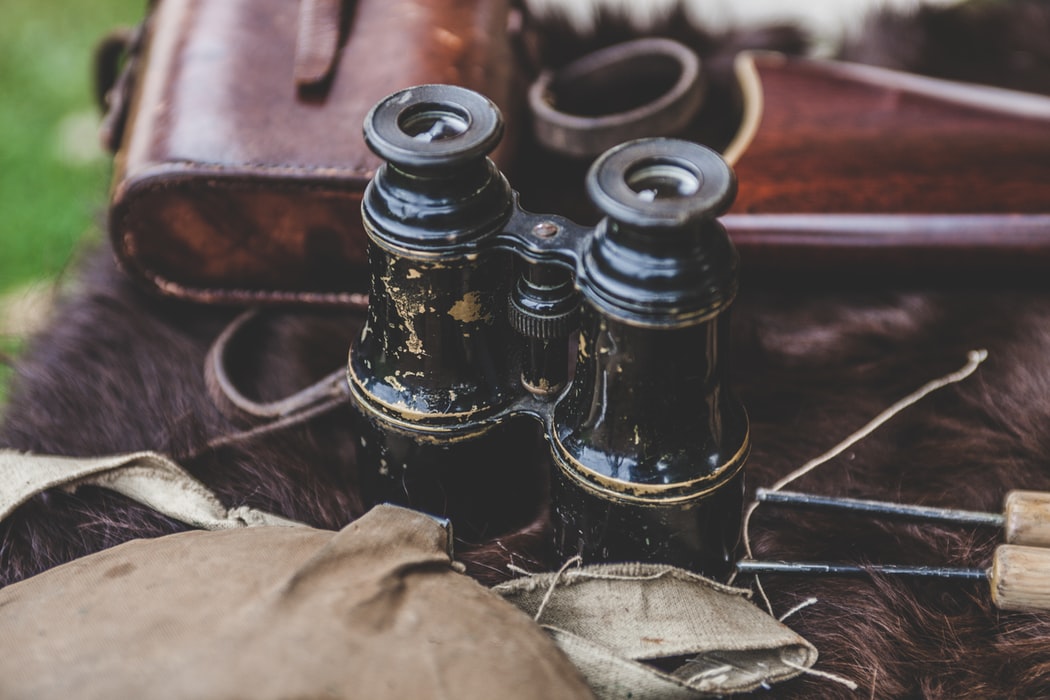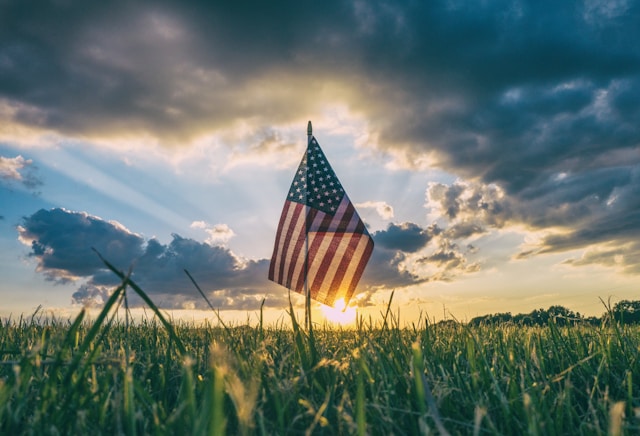If you’re an NFL fan like I am, you know all the greats of the league. George Halas, player, coach, and owner of the Chicago Bears, definitely fits into that category. But what you might not know is that he served in the U.S. Armed Forces and even received the Bronze Star for his actions in the Pacific during World War II.
Let’s take a few moments to look at this incredible man who loved the sport of football so much but did not shirk from his duty to serve his country. Maybe this article will inspire you to read about all the other incredible NFL players who are also veterans!
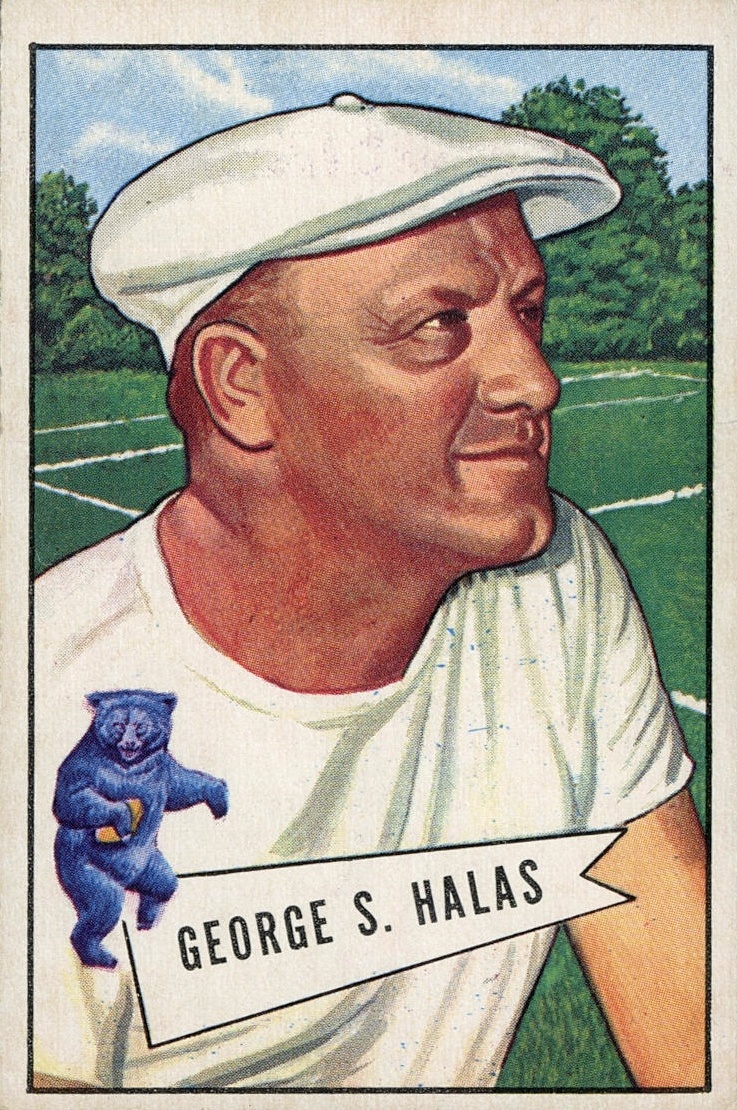
Who Was George Halas?
Born in Chicago on February 2, 1895, George Halas grew up in a very disciplined and frugal family. It’s no surprise then that he carefully saved money in order to attend the University of Illinois in Urbana-Champaign. He had been a sports nut since he was growing up, and he played football, baseball, and basketball in college.
Right before his final semester at Illinois, Halas enlisted in the United States Navy because the United States had World War I. Even though he did not complete all of the required coursework, Halas still later received his college degree. Assigned to Great Lakes Naval Base outside of Chicago, Halas was responsible for organizing the service football and basketball teams.
Halas’s first foray into the professional sports world was abysmal. Although he had gained a spot on the roster of the New York Yankees in 1919, a hip injury keep him relatively sidelined for a good portion of the season and he struggled when he hit the starting lineup.
George Halas After Baseball
His baseball career was over, so he returned to the Chicago area and worked for the railroad by day and played football on the weekends. In early 1920, Halas received a call from the Staley Starch Works, located in Decatur, Illinois. A.E. Staley, the owner of the company, wanted Halas to oversee the day-to-day operations of the manufacturing plant as well as organize and coach the company’s football and baseball teams. Halas was delighted.
Shortly after Halas arrived in Decatur, several club football teams of companies got together on September 17, 1920 in Canton, Ohio and formed the basic structure of the American Professional Football Association, which would later be renamed the National Football League (NFL) in 1924.
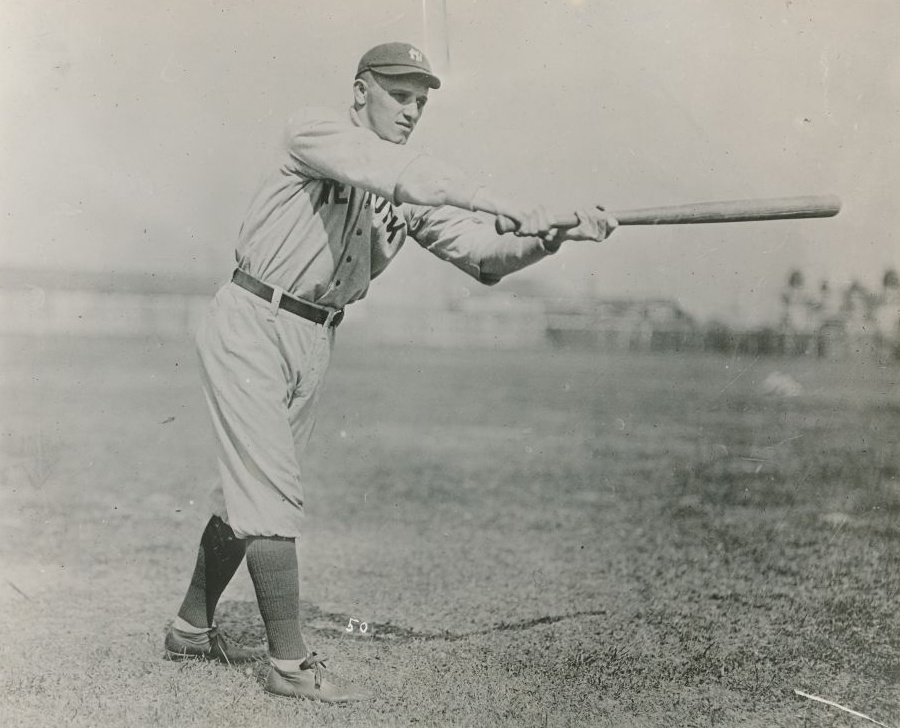
Even though the Decatur team had had a successful season, A.E. Staley encouraged Halas to take the team to Chicago because the former didn’t think a professional football team could survive in Decatur. He offered Halas $5,000 to get started as long as Halas kept the team name of the Staleys for at least one season.
In 1922, Halas chose to rename the team the Bears to acknowledge the goodwill of William Veeck, Sr., the owner of the Chicago Clubs who allowed the Staleys to share Wrigley Field in exchange for a portion of the concessions, gate, and program sales.
In addition to coaching the Staleys and later Bears throughout the 1920s, Halas also played various positions on the team until he retired as a player after the 1929 season. In 1930, he hired another head coach for several years, who took the Bears to the 1932 championship. Perhaps because Halas wanted a championship himself, he returned to coaching. His 1933, 1940, and 1941 teams won the NFL championships with Halas as their head coach.
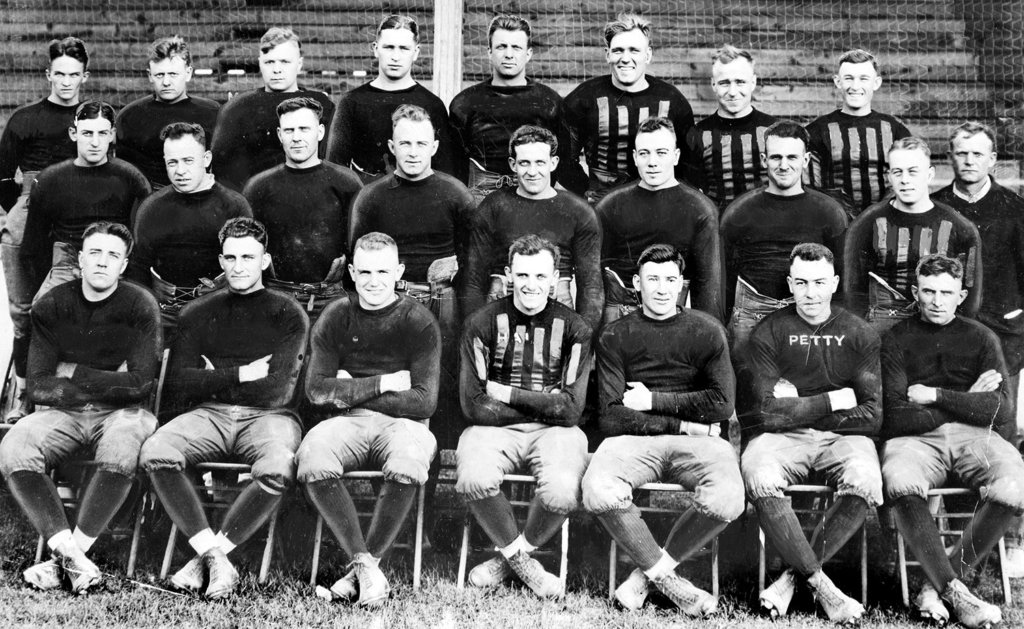
George Halas Enlists in the Navy
Following the attack on Pearl Harbor, Halas took a break from coaching for a while and re-enlisted in the Navy. He would spend the majority of his three years of service in the South Pacific, predominantly organizing R&R and entertainment for the troops there.
When he returned to the Bears at the end of the 1945 season, Halas led the Bears to yet another championship in 1946. Luke Johnsos and Hunk Anderson had won another title for the Bears in 1943.
The 1950s were a dry season for the Bears, as they won no championships, and Halas, who had come to be known as “Papa Bear” retired from coaching the Bears in 1955. Even though he continued to meddle on the sidelines for two years, Halas couldn’t stay away and returned to the head coach position.
He finally got his elusive one more championship in 1963. He would remain as Head Coach for several more years before finally giving up the reins, retiring after the 1967 season with 318 career wins and six NFL championships.
In 1982, Halas hired Mike Ditka, who had previously played with the Bears, as head coach, and a year later, Halas was diagnosed with pancreatic cancer, dying on October 31, 1983 at the age of 88.
Before he died, he gave Ditka a bottle of Dom Perignon champagne with the instructions that he wasn’t supposed to open it until Ditka won a Super Bowl. That happened on January 26, 1986 against the New England Patriots with a score of 46-10, and Ditka celebrated with that bottle of champagne!
Halas never forgot his service during the World Wars, though, as he hung a picture of Admiral Nimitz who Halas served under during World War II in his office. In addition, he helped start a Bears preseason tradition of the Armed Forces benefit game.
In a 1946 advertisement featuring a photo of Halas flanked by Nimitz and Dwight D. Eisenhower with Eisenhower handing Halas a football, the caption read: “We Must Carry the Ball for Them,” encouraging the general public to come to a game between the Bears and the Giants to support official relief agencies for the Army, Navy, and Army Air Forces.
Although Halas may be remembered more for his time in the NFL, we certainly can’t forget his service during both of the World Wars.
Sources
- http://www.bearshistory.com/lore/georgehalas.aspx
- https://www.bigblueview.com/2016/11/19/13657204/george-halas-father-of-the-nfl-chicago-nears-coach-owner
- https://bleacherreport.com/articles/516210-chicago-bears-veterans-remembering-those-who-served
- https://sabr.org/bioproj/person/586380d8
Guest Contributor: Rachel Basinger is a former history teacher turned freelance writer and editor. She loves studying military history, especially the World Wars, and of course military medals. She has authored three history books for young adults and transcribed interviews of World War II veterans. In her free time, Rachel is a voracious reader and is a runner who completed her first half marathon in May 2019.

